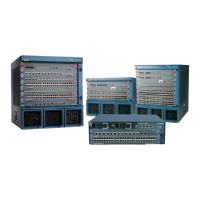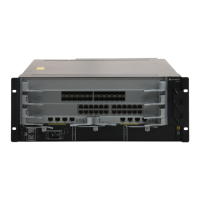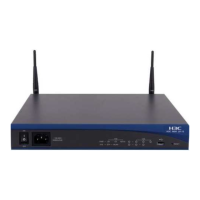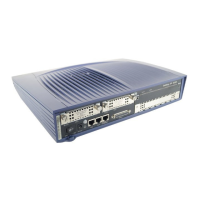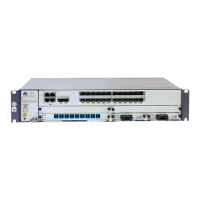Because manufacturers define the format of Flush packets differently, the Flush packets
described here are used only for the intercommunication between Huawei S-series switches. In
addition, the function of receiving Flush packets must be enabled on the remote switch.
If you run flush send control-vlan vlan-id [ password simple password ] command in the Smart
Link group view, the Smart Link group is enabled to send Flush packets that contain the specified
control VLAN ID and password. The VLAN ID specified by vlan-id must already exist on the
S6700. If the specified VLAN ID does not exist on the S6700, Flush packets cannot be sent.
Do as follows on the S6700.
Procedure
Step 1 Run:
system-view
The system view is displayed.
Step 2 Run:
smart-link group group-id
The Smart Link group view is displayed.
Step 3 Run:
flush send control-vlan vlan-id [ password simple password ]
The S6700 is enabled to send Flush packets, and the control VLAN ID and password contained
in Flush packets are set.
A control VLAN cannot be a VLAN mapping a load-balancing instance.
The control VLAN ID and password contained in Flush packets on both devices must be the
same. That is, the control VLAN ID and password in Flush packets sent by the device must be
the same as the control VLAN ID and password in Flush packets received by the device.
NOTE
After the flush send control-vlan command is run, the interface cannot be added to the control VLAN. You need
to configure the interface to allow the packets of the control VLAN to pass through.
----End
2.2.5 (Optional) Configuring Load Balancing in a Smart Link Group
Context
Do as follows on the S6700.
Procedure
Step 1 Run:
system-view
The system view is displayed.
Step 2 Run:
stp region-configuration
Quidway S6700 Series Ethernet Switches
Configuration Guide - Reliability 2 Smart Link and Monitor Link Configuration
Issue 01 (2011-07-15) Huawei Proprietary and Confidential
Copyright © Huawei Technologies Co., Ltd.
20

